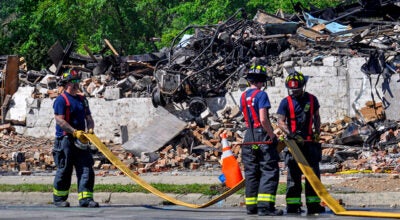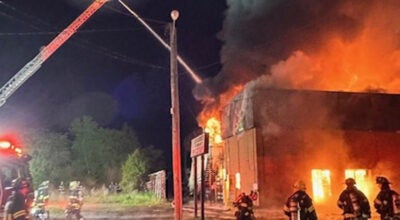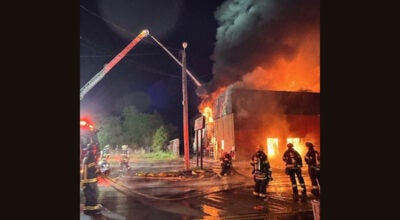Planning for schools
Published 8:14 pm Saturday, December 20, 2014
On Tuesday, much of Suffolk cheered when the city proposed accelerating plans for two new public schools in North Suffolk to alleviate overcrowding.
By pushing back other construction projects, the middle school and elementary school could open by fall 2018.
Before, school district officials feared city plans would push the middle school out to 2019, and the elementary school out to the second half of the next decade.
School officials on Friday discussed in some more detail their plans for their schools and their planning process for school size.
School district officials plan to zone the new schools to drop student numbers at John Yeates Middle and Creekside Elementary schools, which have both been straining under the stress of housing too many students for their design.
With 17, John Yeates has the largest number of mobile units among all Suffolk schools. It was almost 30-percent overcrowded at the end of October.
Creekside has seven mobile units. With 1,007 students, it was 40-percent overcrowded at the end of October.
Before the 800-student capacity Creekside opened in September 2006, then district superintendent Milton Liverman held hopes similar to those Suffolk Public Schools officials hold now.
During a construction update in February 2005, he told City Council student numbers at Northern Shores and Driver Elementary schools would be reduced to 75 percent of capacity.
“If we do that, we may have four or five years of space at our current level of growth,” he said then.
According to school district spokeswoman Bethanne Bradshaw, mobile units began appearing at Creekside in September 2010. “Based on this, I would say there was no overcrowding at (Creekside) from 2006 through the fall of 2010,” she stated in an email.
Bradshaw added that she was not necessarily saying officials then considered four years an appropriate period of time for Creekside to remain inside its capacity, just that there were other factors involved in the construction decisions for the school.
“When building a school, one has to take into account the amount of funding available for school size,” she added.
“In addition, Creekside was designed to be one of the largest elementary schools in Suffolk. Projections are just that, projections. Seeing the speed of growth, building an even larger elementary school would have been helpful.”
But even a 1,000-student elementary school might find itself crowded, as the proposed school is expected to replace Driver and Florence Bowser elementary schools, while taking some pressure off Creekside. Bradshaw made no mention of having extra space in the new building.
On the other hand, the proposed new middle school, after relieving pressure at John Yeates, would “have some additional seats” for growth, she stated.
How much growth the new middle school could absorb, however, depends in large part on how big it is to start, and that number appears to remain unsettled.
In a draft capital improvements plan discussed by the School Board recently, the new middle school is listed as having a capacity of 1,200 students. The city’s draft capital plan, however, has it set for only 600.
In planning capital improvements for the future, Bradshaw says, the district uses a formula based on data from the Weldon Cooper Center at the University of Virginia.
But some element of guesswork in the planning process is inevitable.
“(It) is difficult to precisely determine when additional schools would be required, as that is driven by the number of houses built and the number of students who ultimately reside in that housing,” Bradshaw stated.
Pointing to 77 mobile units currently in use around the city, Bradshaw says district officials “do see the need for additional schools and/or renovations to enlarge” existing ones.
According to the district’s capital improvements plan, slated city funding is staggered through the next decade for renovations at eight existing schools, including John Yeates, Nansemond River High School and Nansemond Parkway Elementary School.
Besides a smaller amount of early dollars in fiscal 2024, funding for a new high school would ramp up in fiscal 2026, according to the plan.






